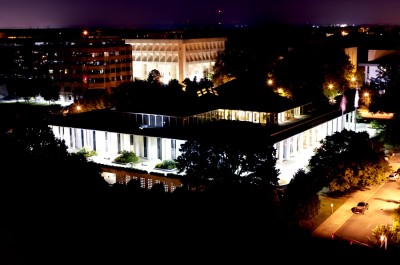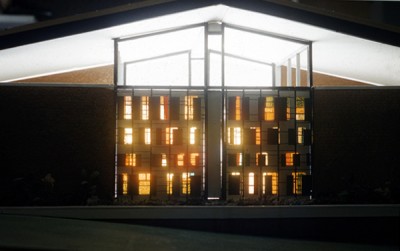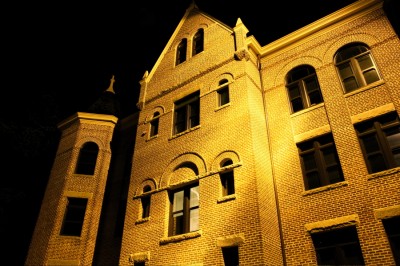An Intersection of Architectural Masters
In early 1959, the world-renowned architect Edward Durell Stone formally abandoned the International Style of modern architecture with the unveiling of the new U.S. Embassy in New Delhi, India. Commenting on the new face of the America overseas, Frank Lloyd Wright declared: “It’s the only embassy that does credit to the United States.†Although very well received both then and now, it also put him on a path that would distance him from his peers in the community.
The inspiration for the North Carolina’s new Legislative Building came directly from the new embassy. At the time, the style was labeled as “Decorative Romanticism” and was a lightning rod for attention, both then and now.




 Sign up for the Newsletter
Sign up for the Newsletter